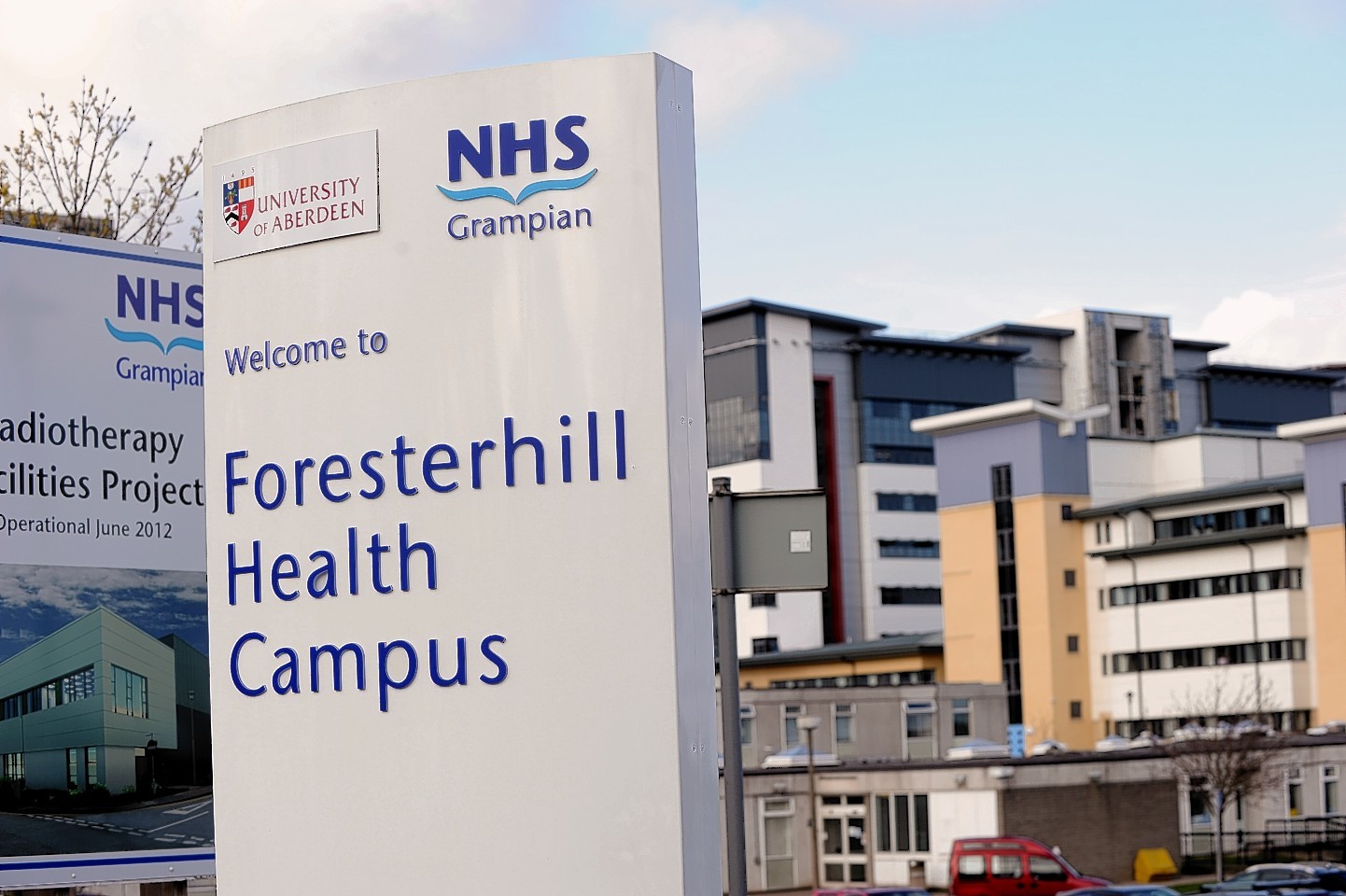The number of vulnerable people “languishing” in north and north-east hospitals has hit its highest rate in four years.
According to official figures, there were 62 “code nine” patients in NHS Grampian area in April, compared to 20 in the same month in 2010.
These are people who are still in hospital, despite being well enough to be discharged, but are left off official bed blocking figures because they have complex needs.
The number of code nine patients in NHS Highland last month was 39, the second highest level over the four-year period.
Across Scotland there were 308 code nine patients last month, the highest number since October 2011 when there were 299.
Scottish Conservative health spokesman Jackson Carlaw said it was completely unacceptable that some of the most vulnerable people in the community were “languishing” in hospital when they were fit to leave.
“These are people who are incredibly vulnerable, and need more than anyone to be in the correct place,” he said.
A spokeswoman for NHS Grampian said code nine patients had “very complex care requirements”.
“It is vital their discharge to a community setting includes in-depth planning and close working between all agencies involved,” she said.
“As with all delayed discharges, we recognise that staying in hospital when there is no clinical need to is frustrating for both patients and relatives.
“Whilst the patient awaits the conclusion of this detailed process we will continue to do everything possible to provide a safe, comfortable and homely environment for all concerned.”
An NHS Highland spokeswoman said: “It is in no one’s interests to have to stay in a hospital bed when they should be receiving their care back in their own home or in a care home. Hospital beds are only appropriate for people requiring the skill of a medical team that can’t be provided in the community.
“The work going on in Highland matches the approach across Scotland to support more people at home or as close to home as possible.”
